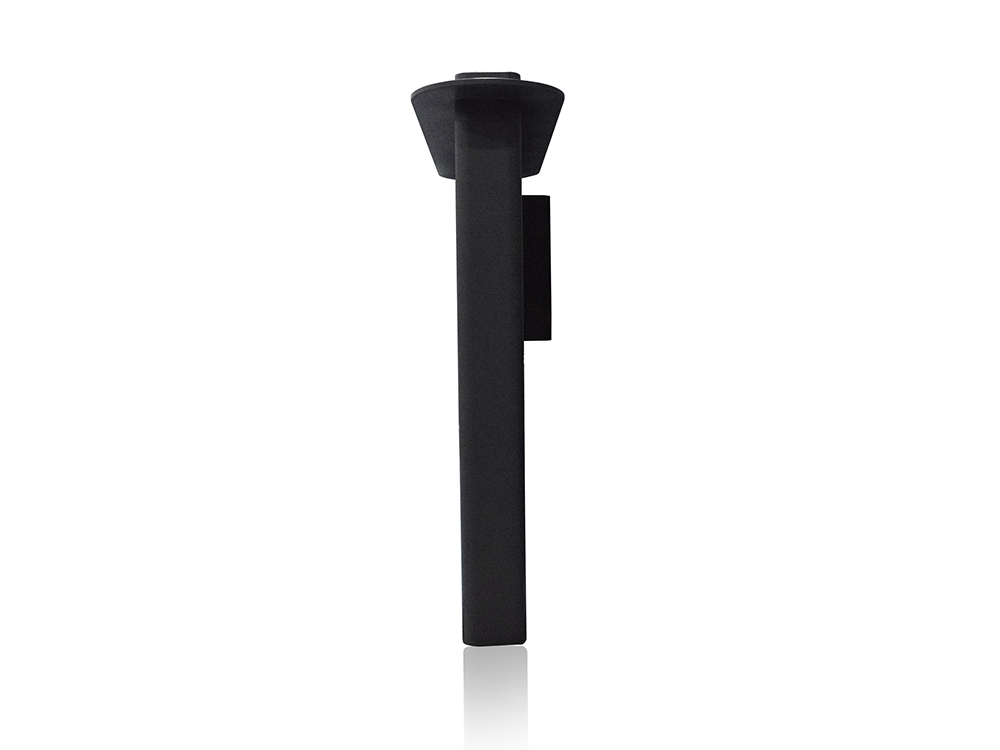Can Digital Signage Display Social Proof
In the realm of marketing and advertising, social proof has long been recognized as a powerful tool to influence consumer behavior. The concept, rooted in psychology, suggests that individuals are more likely to adopt a particular behavior or make a decision if they see others doing the same. This phenomenon is pervasive, from choosing a restaurant based on its crowdedness to purchasing a product because it has numerous positive reviews. In recent years, with the advent of digital technology, businesses have been exploring innovative ways to leverage social proof, and one such medium that holds immense potential is digital signage.

Digital signage, essentially electronic displays that showcase dynamic content, has transformed the way information is conveyed in public spaces. From retail stores and restaurants to corporate offices and educational institutions, digital signage has become a ubiquitous part of our environment. Its ability to deliver targeted messages, captivate audiences, and adapt in real-time makes it an ideal candidate for showcasing social proof. But can digital signage truly display social proof effectively? Let's delve into the intricacies of this concept.
One of the primary ways digital signage can exhibit social proof is by displaying customer testimonials and reviews. Imagine walking into a coffee shop and being greeted by a digital display that cycles through positive feedback from satisfied customers. Seeing real people, with their faces and names, praising the quality of the coffee or the ambiance of the place can significantly influence your perception and decision-making. This form of user-generated content acts as a virtual word-of-mouth, a marketing strategy that has always been highly valued for its authenticity and effectiveness.
Moreover, digital signage can showcase social media feeds that highlight customer interactions with a brand. For instance, a fashion retailer can display Instagram posts from customers who have tagged the store in their photos. These posts, featuring real people wearing the store's clothes, serve as social proof of the brand's popularity and appeal. They create a sense of community and belonging, encouraging others to engage with the brand and potentially make a purchase.
Another avenue through which digital signage can demonstrate social proof is by presenting real-time data on product popularity or sales. Imagine a digital display in an electronics store that shows the top-selling smartphones of the week, along with the number of units sold. This information not only informs customers about the most popular choices but also subtly nudges them towards these options, leveraging the bandwagon effect – the tendency to do what others are doing.
Furthermore, digital signage can be used to display case studies or success stories related to a business or product. In a corporate office, for example, a digital display could showcase how a particular project or service has benefited clients. These stories, when presented effectively, can build trust and credibility, reinforcing the idea that the business is reliable and capable.
The versatility of digital signage also allows for the integration of interactive elements, further enhancing its ability to display social proof. Interactive kiosks, for instance, can enable customers to leave reviews or ratings instantly, which are then displayed on the screen. This real-time feedback loop not only provides valuable insights for the business but also creates a dynamic and engaging environment for customers.
However, the effectiveness of digital signage in displaying social proof is not solely dependent on the content it showcases. The design and placement of the displays also play a crucial role. A well-designed digital sign that is strategically located can capture attention and convey messages more effectively than a poorly designed one tucked away in a corner. The content should be clear, concise, and visually appealing, ensuring that it stands out in a cluttered environment.
Additionally, the timing and frequency of content updates are vital. Digital signage should not be a static medium; it should evolve with the brand and its customer base. Regularly updating the content ensures that it remains relevant and engaging, continuously providing social proof that resonates with the audience.
It's also worth noting that the impact of digital signage as a social proof medium can be amplified when combined with other marketing strategies. For instance, a social media campaign that encourages customers to share their experiences with a brand can be complemented by displaying these experiences on digital signs. This omnichannel approach creates a cohesive and immersive brand experience, reinforcing social proof across multiple touchpoints.
Despite its potential, digital signage is not without its challenges when it comes to displaying social proof. Privacy concerns, for one, need to be carefully managed. Displaying customer testimonials or social media posts requires consent and adherence to data protection regulations. Moreover, the authenticity of the content must be maintained to avoid any perception of manipulation or fakeness.
In conclusion, digital signage can indeed display social proof effectively, leveraging its dynamic and interactive nature to influence consumer behavior. By showcasing customer testimonials, social media feeds, real-time data, and success stories, digital signage can create a powerful social proof ecosystem that builds trust, credibility, and community. However, to maximize its effectiveness, businesses must pay attention to the design, placement, timing, and authenticity of the content, while also ensuring compliance with privacy regulations. As digital technology continues to evolve, the potential for digital signage to harness the power of social proof will only grow, making it an indispensable tool in the marketing arsenal.
Application scenarios of digital signage








